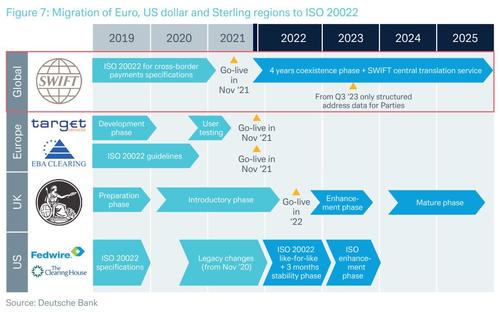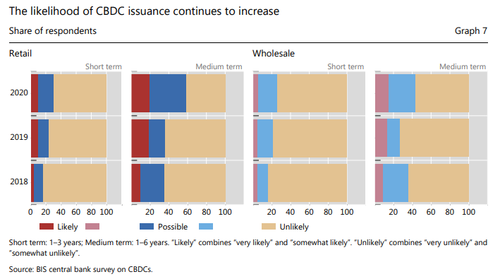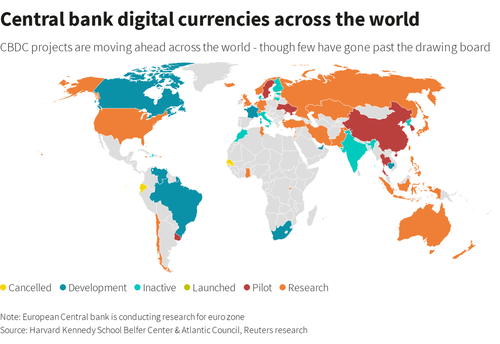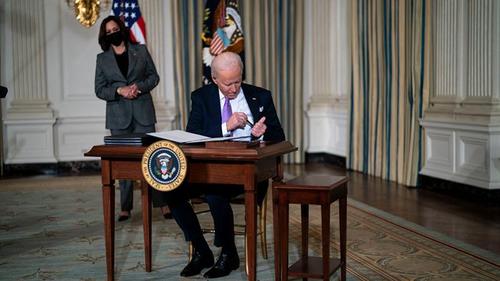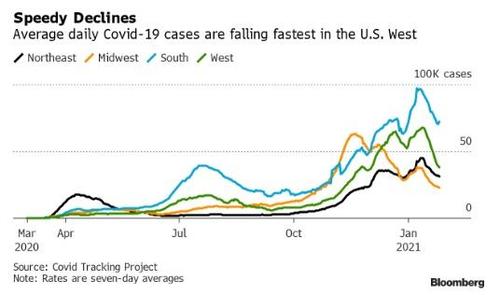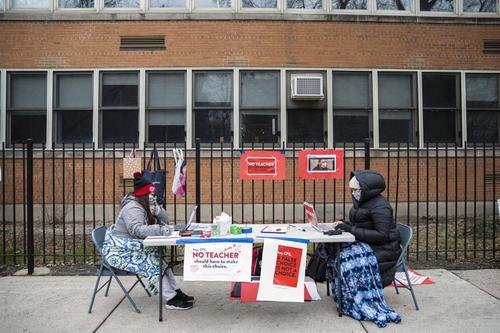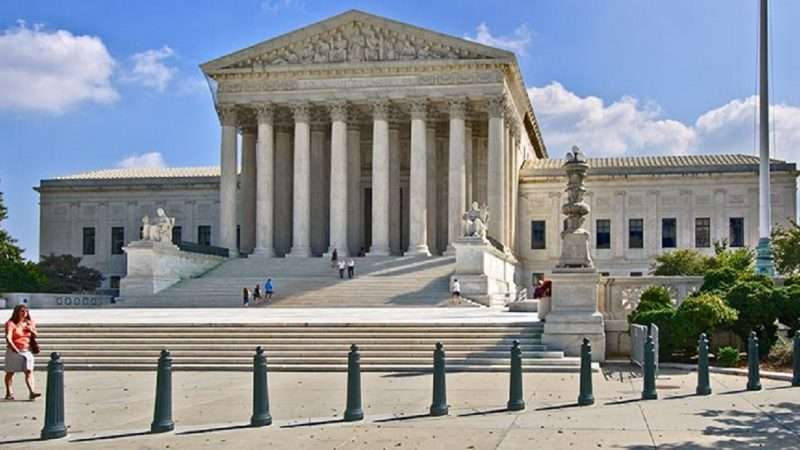
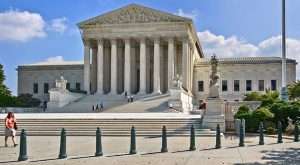
When the issue of court-packing became a major focus of controversy during the 2020 campaign, Joe Biden tried to side-step it by proposing a bipartisan commission on judicial reform. At the time, I suggested the commission idea was an indication that Biden would prefer not to move forward with court-packing. By contrast, co-blogger Josh Blackman contended that the plan was to create a commission stacked with court-packing supporters, which would then recommend packing and give a boost to the cause.
It’s not yet entirely clear who was right. But early indications suggest my prediction was closer to the truth. As Josh notes, a recent Politico article reports that the person organizing the commission and leading the effort to select its members is Biden adviser and former Obama administration White House counsel Bob Bauer, who will also co-chair the commission.
Does Bauer have a position on court-packing? It so happens he does. Back in July 2018, he wrote an article in The Atlantic entitled “Liberals Should Not Pack the Courts,” in which he argued against proposals advanced by other liberals to pack either the Supreme Court or lower courts. He opposed such plans on both principled and pragmatic grounds, fearing that court-packing would damage the institution of judicial review, and also potentially damage the Democratic Party politically.
With Bauer heading up the selection the process, it is highly unlikely that the Commission will be “packed with court-packers.” To the contrary, it is more likely to instead have a working majority opposed to the idea. At the very least, the Commission will almost certainly not come up with a broad consensus in favor of court-packing, or any similar plan, such as “rotation” and “court balancing.”
Politico reports that Harvard Law Prof. Jack Goldsmith will be another commission member. Goldsmith is a prominent conservative legal scholar and former Bush administration official (and coauthor, with Bauer, of an important new book on reforming executive power). While he has been highly critical of Trump on many matters, he seems generally happy with the latter’s Supreme Court nominees, and is almost certainly opposed to court-packing in any form.
There will be at least one member potentially sympathetic to court-packing: Caroline Frederickson, former president of the American Constitution Society (liberal counterpart to the Federalist Society). The other co-chair of the Commission will be Yale Law School Prof. Cristina Rodriguez, a well-known immigration law and constitutional law scholar. Although she happens to be my law school classmate and former high school debate opponent, I honestly don’t know where she stands in the court-packing debate. But even if she is supportive of the idea, I still think it’s unlikely the Commission (which is expected to have 9 to 15 members in all) will have a clear majority in favor of packing.
If the commission comes to a consensus on any proposal, it is likely to be something that enjoys broad support in the legal community, cutting across ideological lines. One such idea could be term limits for Supreme Court justices, a proposal backed by numerous legal scholars and other experts on both right and left (myself included). In his Atlantic article, Bauer wrote that term limits is an idea worth discussing. On the other hand, President Biden has expressed opposition.
I expect that the commission will ultimately recommend some sort of reforms. But court-packing is unlikely to be one of them, as conservatives and libertarians are almost uniformly opposed, while liberals are internally divided on the matter (though left-wing support for court-packing has clearly increased as a result of the high-handed behavior of Republicans in recent confirmation battles).
Regardless of what the commission does, it is highly unlikely that court-packing will be enacted any time soon. In divided 50-50 Senate, Democrats will need every single D vote to pass it (with Vice President Kamala Harris breaking the tie). But key swing voters Joe Manchin and Kyrsten Sinema have already expressed their opposition. Other Democratic moderates might be opposed, as well. I am skeptical that court-packing can even pass the House of Representatives, where the Democrats have only a narrow majority, also dependent on moderate votes.
On top of that, passing court-packing with a narrow Senate majority would probably require ending the filibuster. Manchin and some other moderates are opposed to that too.
But it would be wrong to think that the court-packing issue will simply go away. Over the last few years, the once-unthinkable proposal has clearly become part of mainstream political discourse on the political left. Thanks in part to the bad-faith behavior of Republicans (where the party first claimed it was wrong to vote on a Supreme Court nominee in an election year in 2016, and then took the completely opposite stance when it became convenient in 2020) the “Overton Window” on this issue has moved. Like Trumpian nativism on the right and Medicare for All on the left, court-packing is an idea that went from being out-of-the-mainstream to very much within it. It will not be easy to stuff the genie back into the bottle.
Some combination of larger Democratic congressional majorities and Supreme Court decisions that greatly anger the left (and especially the general public) could rekindle the issue over the next few years, and make court-packing more politically viable than it is now.
Whether the persistence of the issue is good or bad depends on your point of view. For liberals who believe that court-packing is a justifiable response to previous GOP skullduggery, in order to reclaim one or more “stolen” Supreme Court seats, the difficulty of completely burying the idea is good news. My own view is that Court-packing would be much worse than other recent judicial-nomination shenanigans, and therefore it must be forestalled, even though the GOP deserves a substantial portion of the blame for bringing things to the point where the idea has become mainstream (the Democrats aren’t innocent lambs either).
In sum, Biden’s planned commission is unlikely to give a boost to court-packing, which is in any case highly unlikely to be enacted in the current Congress. But the idea remains a part of mainstream politics, and therefore could well become more viable at some other time in the next few years.
from Latest – Reason.com https://ift.tt/3r2I20T
via IFTTT


